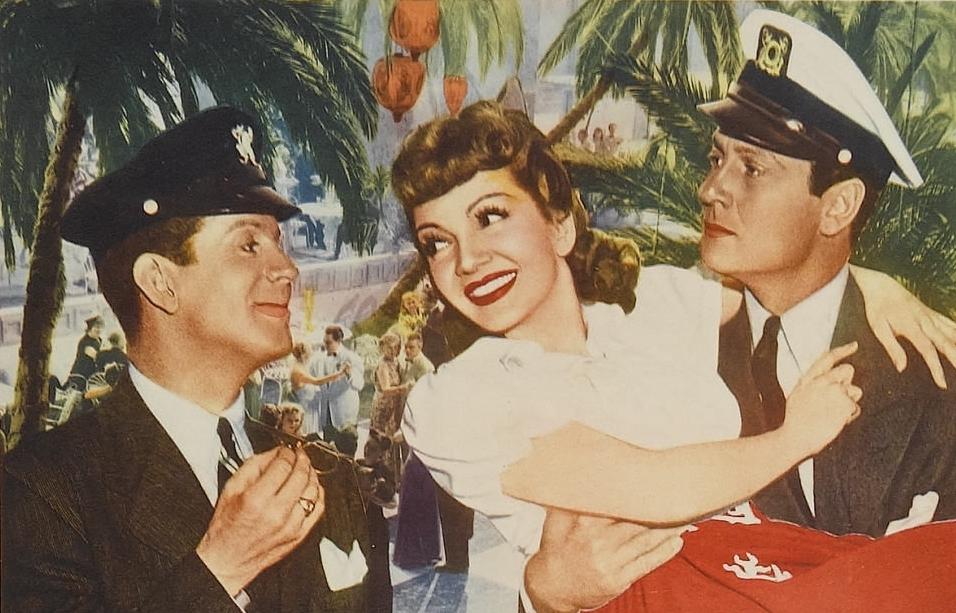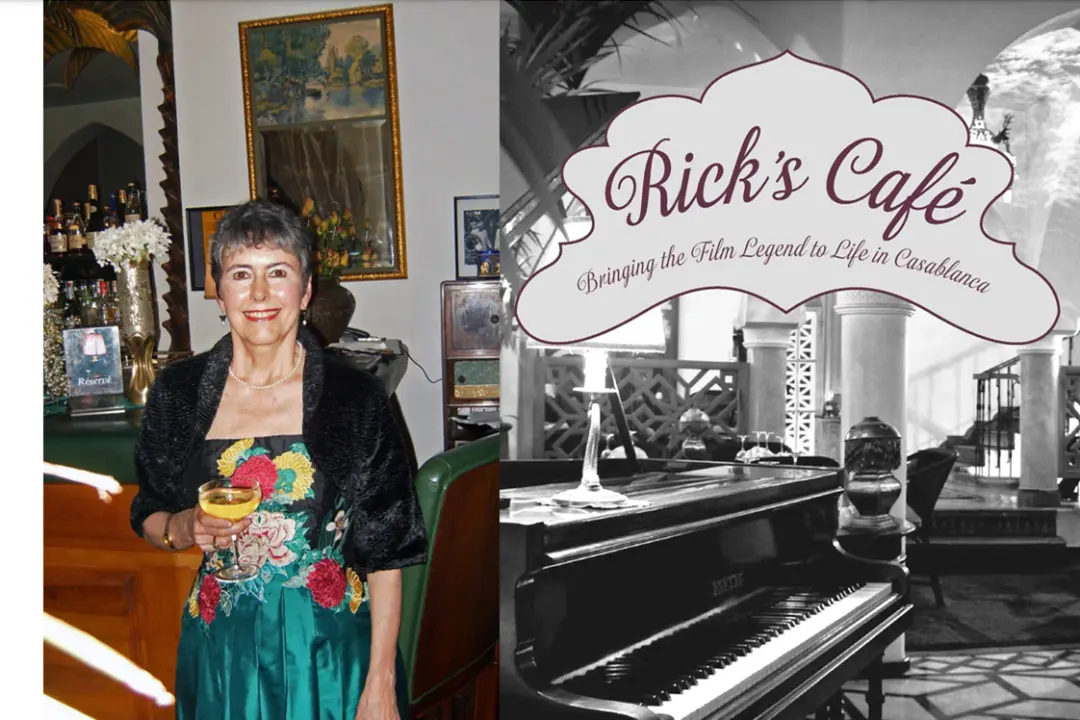Commentary
If you’ve read any of my classic movie reviews here at The Epoch Times, you probably know that I focus on a particular 20-year period, 1934-1954. As I often explain, these two decades were Hollywood’s Golden Era because that was the Motion Picture Production Code’s heyday. The Code is a set of guidelines for decent film content which kept American movies clean without the arbitrary Rating System. The Code was enforced by the Production Code Administration (PCA), which existed from 1934 until it was replaced with the current Rating System in 1968. However, the Code’s glory days ended in 1954, when Joseph I. Breen, the first head of the PCA, retired.





